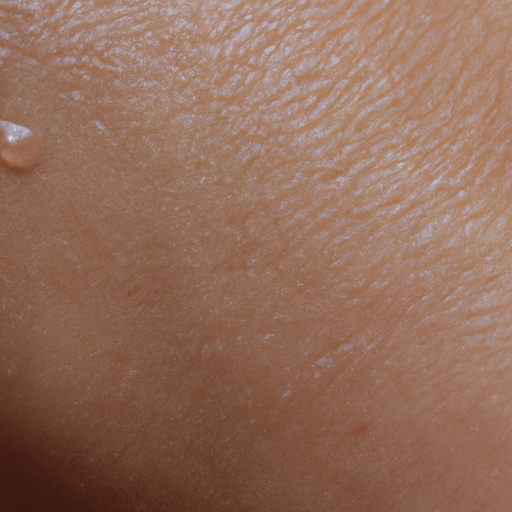As a dermatologist, I understand the struggle of managing oily skin. The constant shine, the breakouts, and the often-misunderstood nature of this skin type can be frustrating. However, it’s important to remember that oily skin has its advantages, such as natural moisture and slower aging process. But, if you’re looking to tame your oily skin and unmask your natural radiance, this guide is for you.
Firstly, let’s understand what causes oily skin. Our skin has sebaceous glands that produce sebum, a natural oil that moisturizes and protects our skin. However, when these glands overproduce sebum, it leads to an oily complexion. Factors contributing to this overproduction can be hormonal changes, stress, humidity, diet, or even genetics.
The key to managing oily skin lies in maintaining a balance – you want to control the excess oil without stripping your skin of its natural moisture. Here’s how you can achieve this delicate balance:
1. Choose the Right Cleanser: A gel-based or foaming cleanser is ideal for oily skin as it helps remove excess oil more effectively than cream-based ones. Look for ingredients like salicylic acid, glycolic acid, or benzoyl peroxide that help break down excess sebum. However, avoid over-cleansing as it can strip your skin of its natural oils and trigger more oil production.
2. Don’t Skip Moisturizer: It’s a common misconception that oily skin doesn’t need moisturization. On the contrary, if your skin is dehydrated, it may produce more oil to compensate. Opt for oil-free, non-comedogenic (won’t clog pores) moisturizers that hydrate your skin without making it greasy.
3. Use a Toner: A good toner can help tighten your pores and remove any leftover dirt or makeup after cleansing. Look for toners with natural astringents like witch hazel or tea tree oil. However, avoid alcohol-based toners as they can be overly drying.
4. Exfoliate Regularly: Exfoliating helps remove dead skin cells that can clog pores and cause breakouts. But remember, over-exfoliation can irritate your skin and stimulate more oil production. Stick to gentle exfoliants and limit this to once or twice a week.
5. Sun Protection is Essential: Sun damage can trigger more oil production. So, always wear a broad-spectrum sunscreen with at least SPF 30. Look for sunscreens labeled ‘non-comedogenic’ or ‘oil-free’.
6. Watch Your Diet: Foods high in sugars, fats, and dairy products can stimulate oil production. Incorporate more fruits, vegetables, and lean proteins into your diet to keep your skin healthy.
7. Stay Hydrated: Drinking plenty of water helps keep your skin hydrated from the inside out, reducing the need for your skin to produce excess oil.
8. Consider Professional Treatments: If your oily skin is causing severe acne or other skin issues, consider professional treatments like chemical peels, laser treatments, or even medications.
Remember, everyone’s skin is unique, and what works for one person may not work for another. It’s always best to consult with a dermatologist before starting any new skincare routine or treatment.
In conclusion, managing oily skin is about maintaining a balance. With the right care and products, you can control the excess oil while preserving your skin’s natural moisture. So, unmask your radiance and embrace your skin’s natural glow with confidence!




